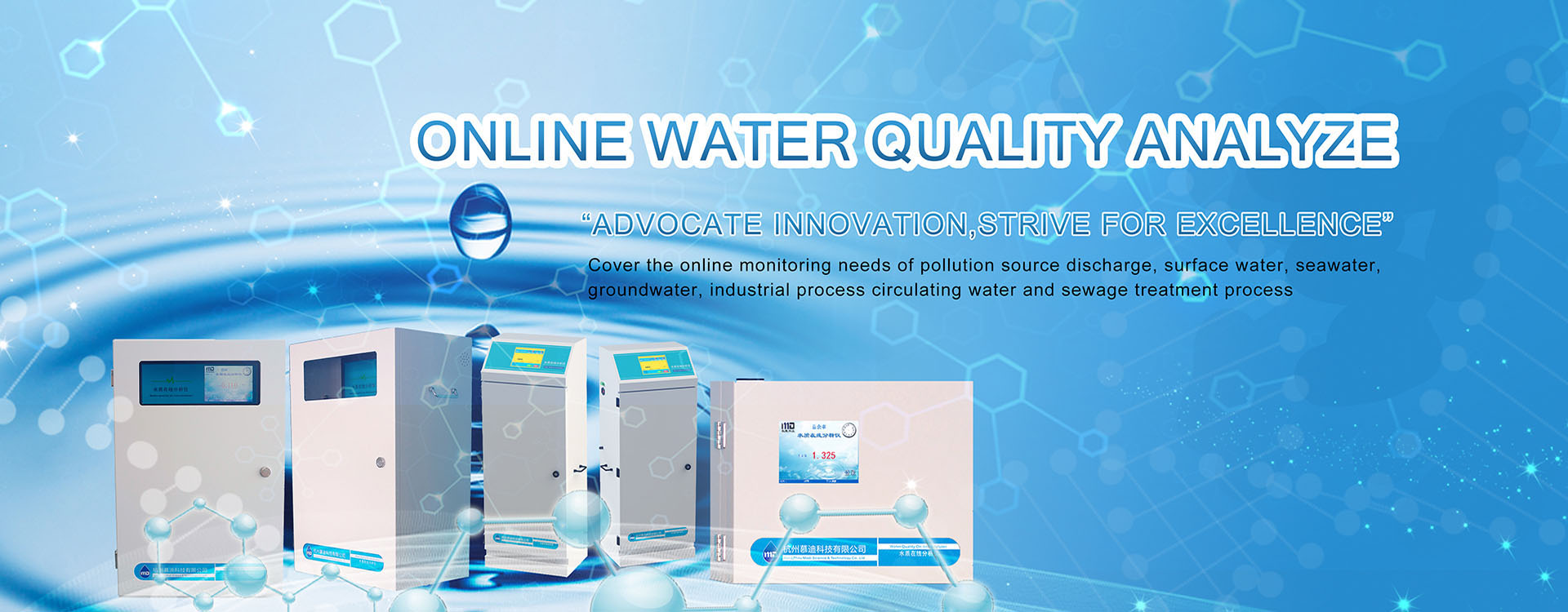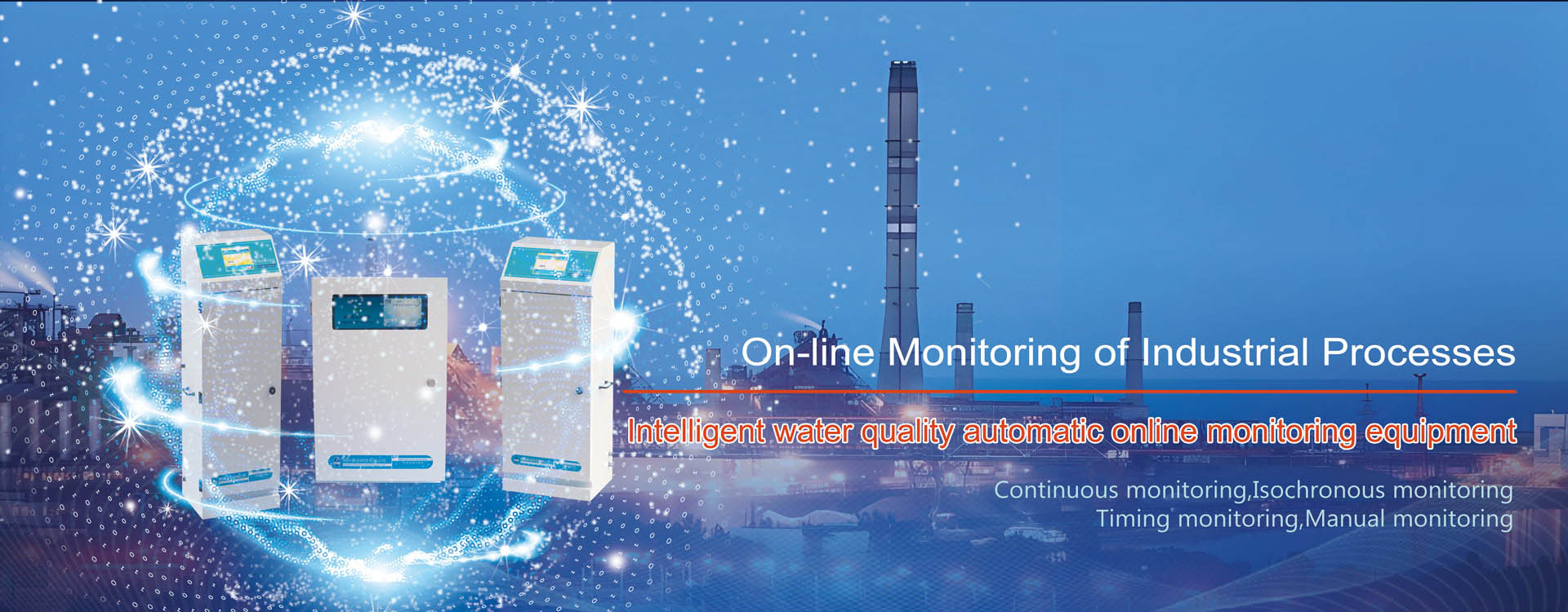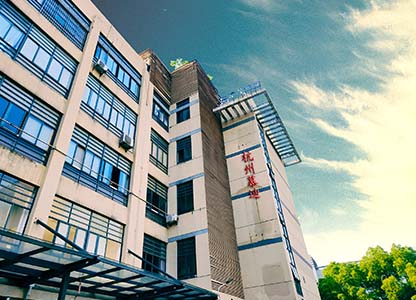When it comes to “water”, none of us can do without it. To ensure water quality safety, it is necessary not only to do a good job in environmental protection but also to make sure that those water sources that have not been polluted are safe. So, what should be done with water sources that have already been polluted, such as domestic sewage, medical wastewater, and industrial wastewater? What can be done to avoid polluting the originally safe water source? In this chapter, the editor will learn together with everyone how to minimize the pollution of safe water bodies as much as possible. The work mainly starts from the following aspects:
1.it is necessary to strengthen the standardized construction of water sources:
a) Continuously carry out centralized protection work for drinking water sources;
b) Promote the standardized construction of water source protection areas, and investigate and rectify pollution sources in water source protection areas as much as possible;
2.Strengthen environmental supervision over water sources: Simply put, incorporate issues related to drinking water sources into law enforcement inspections and conduct random checks from time to time.
3.Conduct thorough water quality testing at all water sources: The centralized water source testing plan should, in accordance with the law, incorporate all water sources in major cities, towns, etc. into real-time water quality testing.
For water quality testing work, different parameters require different instruments. The main ones include: COD online analyzers, total phosphorus and total nitrogen online analyzers, total residual chlorine analyzers, coliform bacteria online analyzers, biological toxicity online analyzers, online analyzers for heavy metals in water (cadmium, chromium, arsenic, mercury, lead, silver, etc.), as well as some detection instruments for special pollutants.




